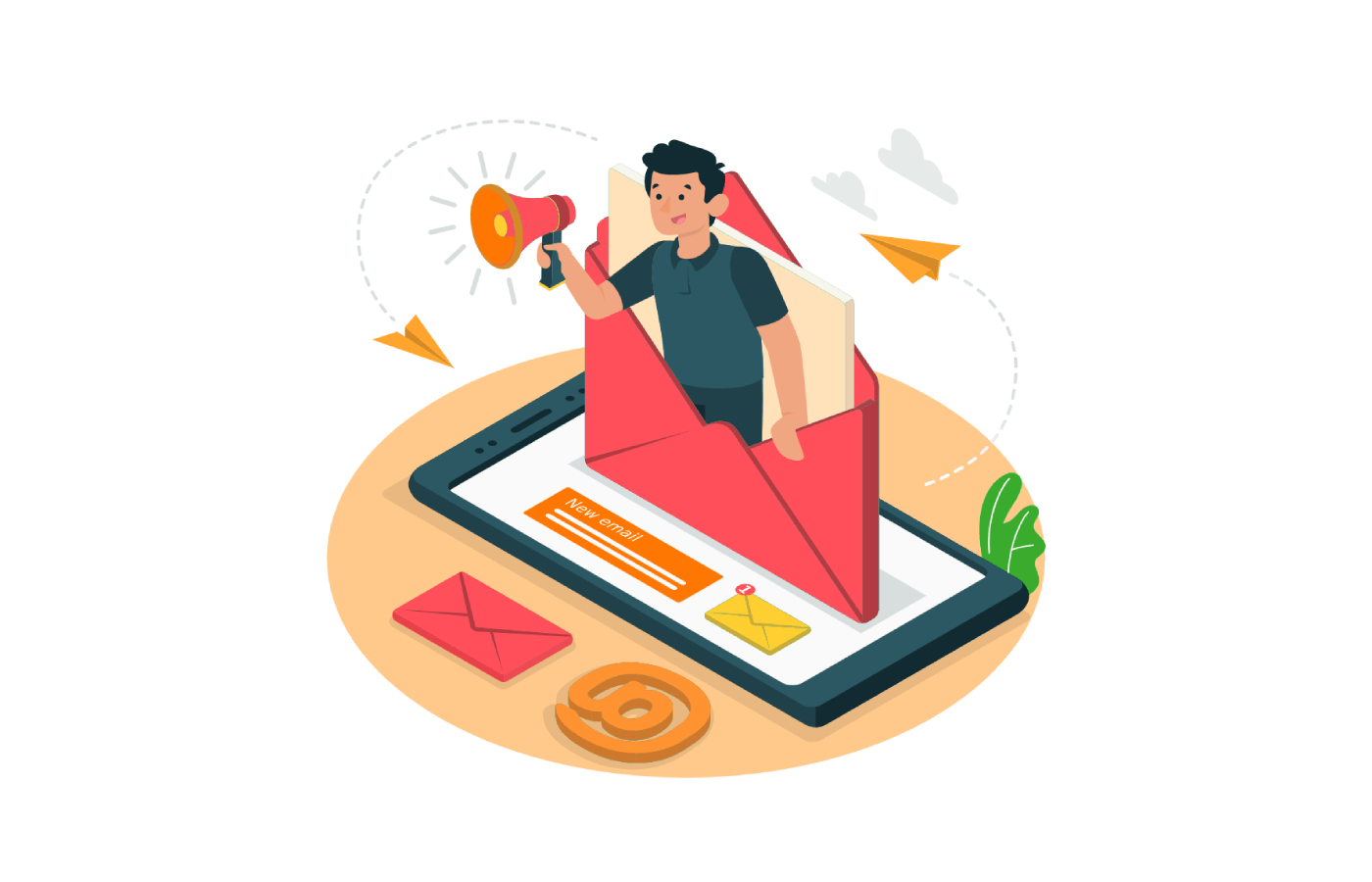In the fast-paced world of email marketing, timing is not just a component – it's a strategy. The moment you choose to send an email can drastically influence its success. This article, "The Timing Playbook," provides insider strategies to help you master the art of timing in your email campaigns, ensuring they not only reach your audience but also capture their attention at the right moment.
1. Understanding Your Audience's Clock
Timing your email perfectly starts with understanding your audience's daily routine. Different demographics have varied times when they're most likely to engage with emails. For example, working professionals might check their emails early in the morning, while students may be more active in the evening. Utilizing analytics to track when your emails are opened can provide crucial insights into the best times to send your communications.
2. The Significance of Time Zones
In a global audience spread, time zones play a critical role. Sending an email at 8 AM in your time zone might be the middle of the night for a recipient on the other side of the world. Segmenting your email list by geographic location ensures that your messages reach recipients at a reasonable local time, increasing the likelihood of engagement.
3. Days of the Week Matter
The day you choose to send your email can significantly affect its open rate. While Tuesdays and Thursdays are traditionally seen as the best days for high engagement, this can vary based on your industry and audience. Experiment with different days and analyze the response to tailor your strategy effectively.
4. Timing and Seasonality
Aligning your email campaigns with seasons, holidays, or significant events relevant to your audience can enhance their effectiveness. For instance, a retailer might time emails around major shopping holidays like Black Friday. Be aware of your audience's cultural and regional specifics when planning these campaigns.
5. Frequency and Consistency: Getting it Right
The frequency of your emails is as crucial as their timing. Bombarding inboxes can lead to unsubscribes, while too infrequent communication might result in lost engagement. Finding the right balance based on audience feedback and interaction patterns is key to maintaining a successful email campaign rhythm.
6. Automation: Your Timing Ally
Leveraging automation tools can significantly enhance the timing of your email campaigns. These tools can schedule emails based on user behavior, like sending a follow-up email immediately after a user visits a particular page on your site, ensuring timely and relevant communication.
7. Test, Learn, and Adapt
Finally, the best timing strategies come from continuous testing and adaptation. Regularly experiment with different sending times and days, analyze the results, and refine your approach. Keep abreast of industry trends and adjust your strategies to stay relevant and effective.
Conclusion
Mastering the timing of your email campaigns is a crucial aspect of email marketing success. By understanding your audience's schedule, considering time zones, choosing the right day, aligning with seasonal trends, maintaining a balanced frequency, utilizing automation, and continually testing and adapting, you can significantly enhance the impact of your email outreach.
In the playbook of email marketing, timing is the secret strategy that can elevate your campaigns from good to excellent.



